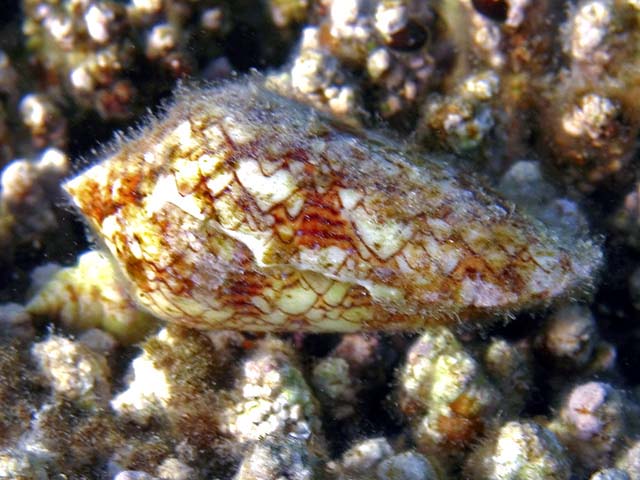Photo by Barry Ingham
The dugong (Dugong dugon), also known as sea cow, is a marine herbivore found in 37 countries of tropical and subtropical coastal waters from East Africa to Vanuatu. [1] Colonialists and aboriginals were exploiting dugong populations as an important source of meat and oil in the 19th century. This fishery collapsed in the 20th century and led to the extirpation of the species in a third of its range. [2] Heavy fishing and a decline in seagrass beds, habitat of dugongs (seagrass being its primary diet) and sea turtles, due to dredging, aquaculture, siltation, coastal constructions, and natural causes like increased storms and cyclones contributed to this near extinction of dugongs.[3]
On a global scale it is considered as Vulnerable by the IUCN Red List of threatened species, but in the Philippines it is now Critically Endangered. [4]
[1] Marsh, H. (2002) Dugong : status report and action plans for countries and territories. Nairobi, Kenya : United Nations Environment Programme, viii, 162 p.
[2] Jackson, J.B.C., et al., (2001) Historical overfishing and the recent collapse of coastal ecosystems. Science 293(5530):629-637.
[3] Duarte, C.M. (2002) The future of seagrass meadows. Environmental Conservation 29:192-206.
[4] Alava, M.N.R., Dolar, M.L.L., Sabater, E.R., Aquino, M.T.R.,Santos , M.D. (2012) Red List Status of Marine Mammals in the Philippines
[4] Alava, M.N.R., Dolar, M.L.L., Sabater, E.R., Aquino, M.T.R.,
Written by:









